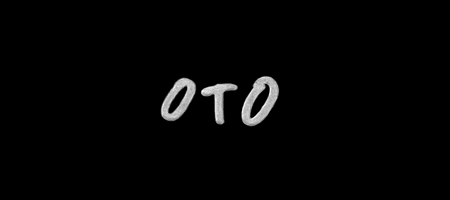Femke Herregraven investigates which material base, geographies, and value systems are carved out by financial technologies and infrastructures. Her work focuses on the effects of abstract value systems on historiography and individual lives. This research is the basis for the conception of new characters, stories, objects, sculptures, sound, and mixed-media installations. Her current work focuses on the financialization of the future as a ‘catastrophe’ and uses language, the voice, and the respiratory system to examine these monetized speculative catastrophes within our social, biological, and technological ecosystems. She is an alumnus of the Rijksakademie van beeldende kunsten in Amsterdam (2017–2018). In 2016, she collaborated with Dutch investigative journalist on the Panama Papers. In 2019, she was nominated for the Prix de Rome. She is currently a Creator Doctus (practice-based PhD) candidate at Sandberg Instituut (2020–2023).
Solo exhibitions – A Doodle, A Diagram, A Disaster, Expoplu (2019); Corrupted Air, Future Gallery (2019); A reversal of what is expected, Westfalischer Kunstverein (2018); Captive Portals, Future Gallery (2017);
Selected groups shows and biennials
Kunstverein in Hamburg (2021); 13th Gwangju Biennial (2021); Talbot Rice Gallery, Edinburgh (2021); 12th Taipei Biennial, Taiwan (2020), Gropius Bau (2020), CBK, Amsterdam (2020), FOAM, Amsterdam (2020); Jeu de Paume, Paris (2020); Prix de Rome 2019, Stedelijk Museum Amsterdam (2019); Moscow Museum of Art (2019); Guangzhou Triennial (2019); Rijksakademie van beelden kunsten, Amsterdam (2018); Chicago Museum for Contemporary Art (2018); Riga Biennial of Contemporary Art (2018); Nam June Paik Art Center, Seoul (2018); Tallinn Art Hall, Tallinn (2018); Haus Der Kulturen Der Welt, Berlin (2018); MAAT, Lisbon (2018); Tallinn Art Hall (2018); Rijksakademie van beelden kunsten, Amsterdam (2017); Future Gallery, Berlin (2017), Bunkier Sztuki Gallery of Contemporary Art, Krakow (2017); CCS Bard / Hessel Museum, New York (2016); HEK, Basel (2016); Future Gallery (2016); Dark Ecology, Norway/Russia (2015); V&A Museum, London (2015); Boijmans van Beuningen, Rotterdam (2015); Witte de With, Rotterdam (2015); Stedelijk Museum Bureau, Amsterdam (2015); ZKM, Karlsruhe (2016); Swiss Institute, Milan (2015); Centre Pompidou, Paris (2015)
